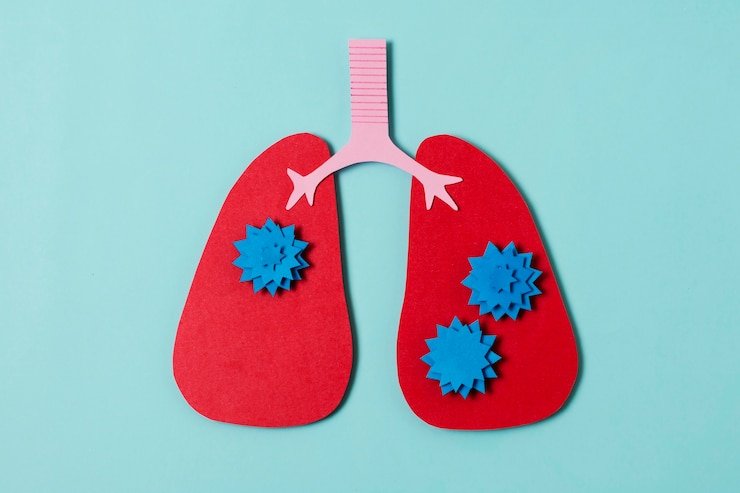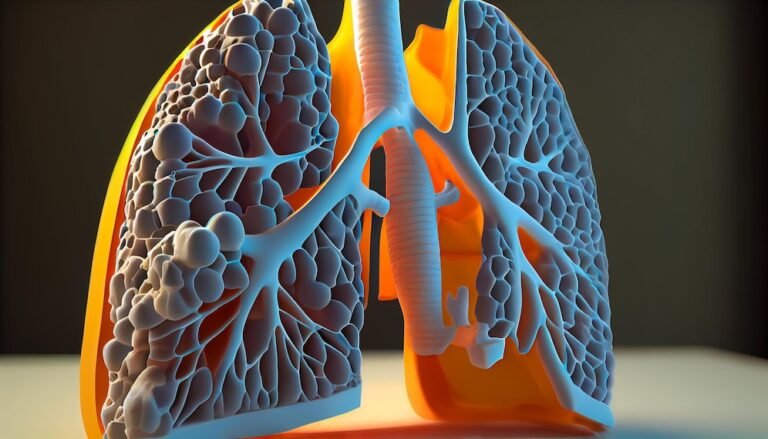Cryoablation Lung Biopsy: A Breakthrough Procedure.
Cryoablation lung biopsy is emerging as a significant advancement in the field of respiratory medicine, offering a minimally invasive approach to diagnosing lung conditions with greater precision and safety. This innovative procedure combines the principles of cryotherapy and biopsy to extract tissue samples from the lungs, providing valuable insights into various pulmonary diseases. In this article, we explore the intricacies of cryoablation lung biopsy, its applications, benefits, and potential impact on respiratory healthcare.
To Know More About It Please Click Here
Understanding Cryoablation Lung Biopsy
Cryoablation lung biopsy involves the use of extreme cold temperatures to freeze and extract tissue samples from the lungs. During the procedure, a specialized cryoablation probe is inserted into the lung tissue under imaging guidance, such as computed tomography (CT) or ultrasound. Once positioned accurately, the probe is activated to rapidly freeze the targeted tissue, creating an ice ball around the biopsy site. The frozen tissue is then removed using a biopsy needle, allowing for the collection of samples for analysis.
Applications and Indications
Cryoablation lung biopsy is primarily used for the diagnosis of pulmonary nodules, masses, and lesions detected in imaging studies such as CT scans. It is particularly useful in cases where traditional biopsy techniques, such as transbronchial or percutaneous needle biopsy, may be challenging or pose higher risks to the patient. Cryoablation lung biopsy can help differentiate between benign and malignant lung lesions, guide treatment decisions, and monitor disease progression or response to therapy.
Benefits of Cryoablation Lung Biopsy
The adoption of cryoablation lung biopsy offers several advantages over traditional biopsy methods:
- Minimally Invasive: Cryoablation lung biopsy is minimally invasive, requiring only a small incision or puncture in the skin. This reduces the risk of complications and shortens recovery times compared to more invasive procedures.
- Precision and Accuracy: By using imaging guidance, cryoablation lung biopsy allows for precise targeting of lung lesions, ensuring accurate sampling and diagnosis. This can lead to more reliable results and better-informed treatment decisions.
- Reduced Risk of Pneumothorax: Unlike some other biopsy techniques, cryoablation lung biopsy has been associated with a lower risk of pneumothorax (collapsed lung), a common complication of lung biopsy procedures.
- Real-Time Monitoring: Cryoablation lung biopsy allows clinicians to monitor the freezing process in real-time using imaging technology, ensuring adequate tissue sampling while minimizing damage to surrounding healthy tissue.
- Outpatient Procedure: In many cases, cryoablation lung biopsy can be performed on an outpatient basis, allowing patients to return home the same day and resume normal activities shortly afterward.
Potential Impact on Respiratory Healthcare:
The introduction of cryoablation lung biopsy represents a significant advancement in respiratory healthcare, offering clinicians a valuable tool for diagnosing and managing lung diseases more effectively. By providing accurate and reliable tissue samples, cryoablation lung biopsy can help expedite the diagnosis of lung cancer, facilitate personalized treatment strategies, and improve patient outcomes.
To Know More About It Please Click Here
Conclusion:
Cryoablation lung biopsy is revolutionizing the approach to diagnosing lung diseases, offering a safe, minimally invasive, and highly accurate alternative to traditional biopsy techniques. As its utilization continues to expand, cryoablation lung biopsy has the potential to significantly impact respiratory healthcare by improving diagnostic capabilities, guiding treatment decisions, and ultimately enhancing patient care and outcomes.








